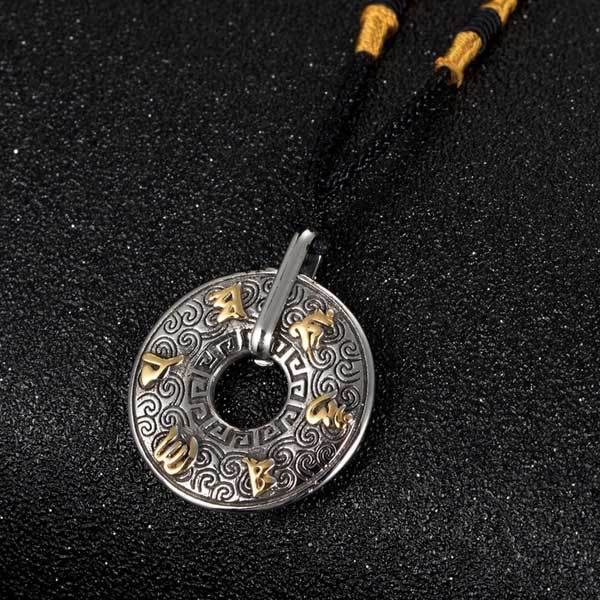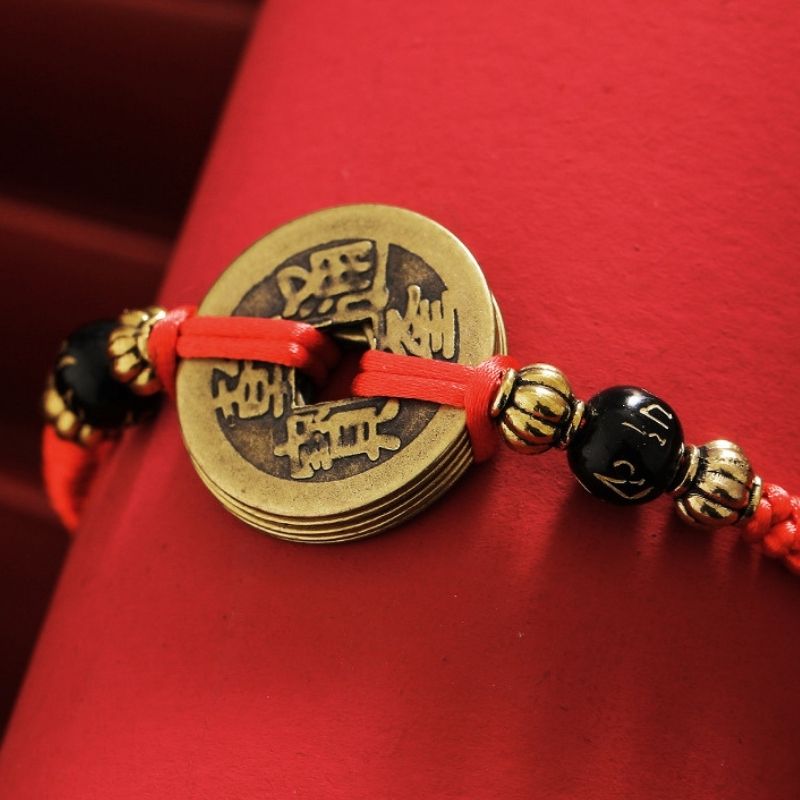Why Did Ancient Coins Have Square Holes? 5 Surprising Facts
From China’s Qin Dynasty (221 BCE) to modern fashion runways, square-holed coins carry a legacy spanning 2,000+ years. Their unique design blends cosmic symbolism with ingenious engineering. Here’s why they captivated empires and still inspire jewelry today:
1. Heaven Meets Earth: The Cosmic Symbolism Behind the Design
The circular shape and square hole weren’t random choices. In Chinese philosophy:
- 🔵 Circle = Heaven: Representing infinite cosmic energy and harmony.
- ⬛ Square = Earth: Symbolizing stability, order, and human civilization.
This duality mirrored Confucian ideals, turning coins into cultural talismans. Fun fact: Japanese “Wadōkaichin” coins copied this design to align with Chinese cosmology during cultural exchanges.
2. Practical Genius: How Square Holes Revolutionized Ancient Economies
Why square instead of round? The answer lies in functionality:
- 🔧 Easy Mass Production: Square molds allowed faster casting with less metal waste.
- 💰 Portable Wealth: Coins could be threaded on ropes—transforming them into wearable “banks.” Merchants carried hundreds on strings tied to belts, a practice inspiring today’s stackable coin bracelets.
- 📏 Standardized Trade: Uniform sizes simplified transactions across China’s vast empire.
3. From Spade Money to Silk Roads: The Evolution of Chinese Currency
Before square holes, China used spade-shaped bronze coins—bulky and inconsistent. The Qin Dynasty’s shift to round coins:
- ✅ Ended regional currency chaos.
- ✅ Boosted cross-empire trade (even influencing Silk Road exchanges).
- ✅ Paved the way for iconic coins like Kai Yuan Tong Bao, still replicated in cultural jewelry.

4. Hidden Status Symbols: How Strings of Coins Revealed Wealth
Carrying coins wasn’t just practical—it was a social statement:
- 🎗️ Silk vs. Hemp: Elites used decorated silk strings; laborers tied coins with rough hemp.
- 🔢 Numbers Mattered: 100-coin strings marked prosperity, inspiring modern charm bracelets with symbolic counts.
- 🏛️ Government Control: Authorities standardized strings to curb fraud—an early form of monetary policy.
5. Why Japan Adopted (and Adapted) the Square Hole
During Japan’s Asuka period (538–710 CE), Chinese-influenced Wadōkaichin coins emerged:
- 🎌 Blended local artistry with Chinese practicality.
- 🏯 Symbolized Japan’s ambition to mirror China’s bureaucratic sophistication.
- 💮 Later coins featured floral holes, showing cultural evolution while retaining the square’s essence.
From Ancient Wallets to Modern Bracelets: A Timeless Legacy
Square-holed coins transcended currency, becoming symbols of luck, power, and artistry. Today, their legacy lives on in:
- 💍 Jewelry Design: Coin bracelets channel ancient prosperity rituals (e.g., Chinese Feng Shui coins for wealth).
- 🖼️ Art & Collectibles: Rare Tang Dynasty coins sell for thousands at auctions.
- 📿 Cultural Revival: Designers fuse historical motifs with modern metals for statement pieces.
Why Wear History?
Square-holed coins bridge past and present. Whether as collector’s items or engraved bracelets, they carry stories of innovation, cross-cultural exchange, and timeless style. Ready to own a piece of this legacy?

Leave a Reply